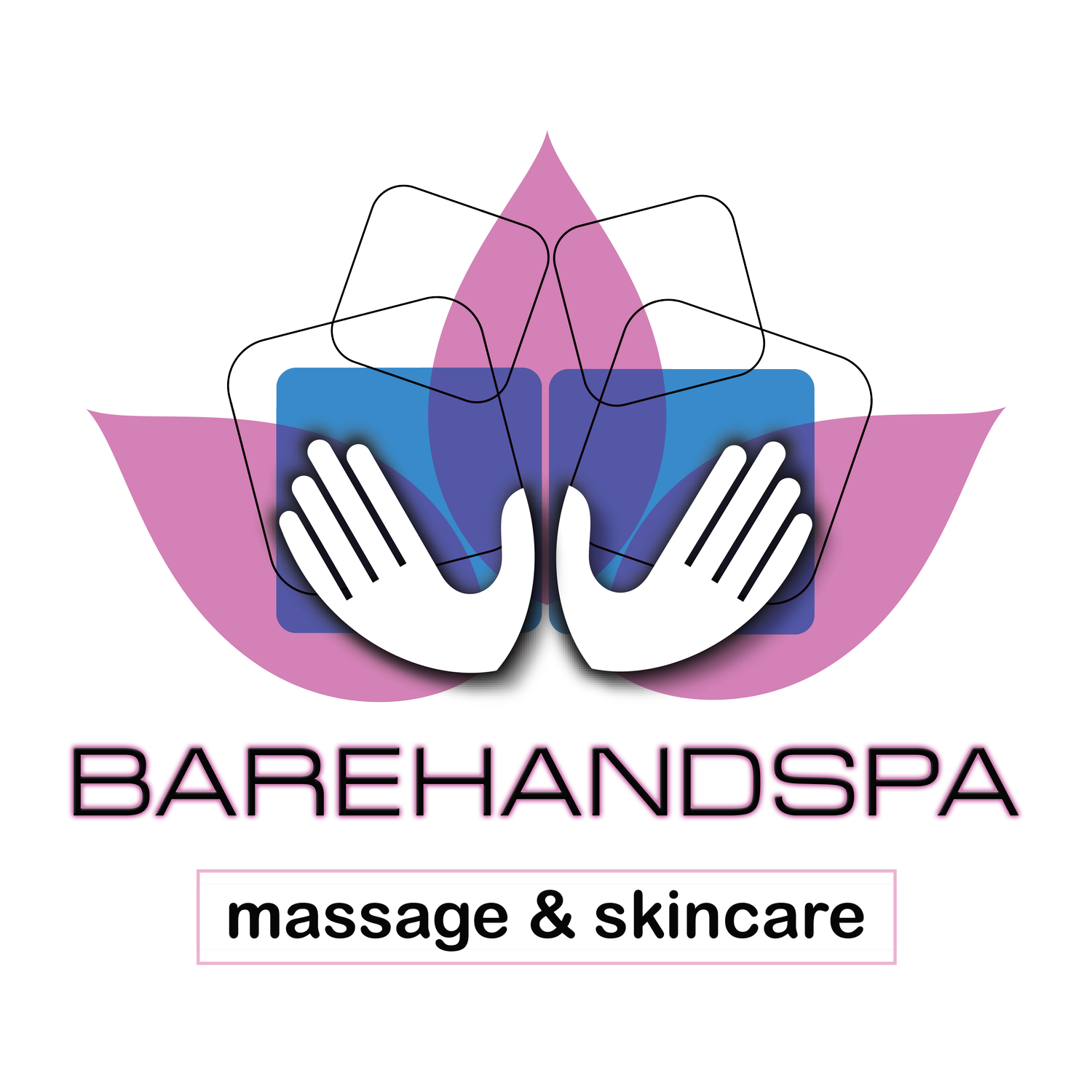What is Sports Massage?
Sports massage is specifically designed for people who are involved in physical activity; it is also excellent after sports to help rid the body of excess lactic acid. But you don't have to be a professional athlete to have one-it's also used by active people who work out often. The focus isn't on relaxation but on preventing and treating injury and enhancing athletic performance.
How does it work?
Sports massage is typically focused on specific body areas prone to stress, overuse, or injury in a particular sport or activity. The pressure and intensity of the massage can vary based on individual preferences and the client's specific needs. Communicating openly with the therapist about any discomfort or pain levels experienced during the session is important to ensure a safe and effective treatment.
A sports massage typically involves the following elements:
Assessment: The therapist will begin by assessing the athlete's or client's specific needs, including any areas of pain, muscle imbalances, or injury history. This helps them customize the treatment to address individual concerns.
Warm-up: Before starting the massage, the therapist may use various techniques to warm up the muscles, such as light strokes, gentle stretching, or passive joint movements. This helps prepare the muscles for deeper work and promotes relaxation.
Targeted Techniques: Sports massage therapists use a combination of techniques to address specific issues. These may include deep tissue massage to release tension and knots, trigger point therapy to alleviate localized pain and tightness, stretching to improve flexibility, and myofascial release to address muscle restrictions.
Active Participation: Unlike some other forms of massage, sports massage often involves active participation from the client. The therapist may ask the client to perform certain movements or exercises during the session to assess and address specific functional needs.
Rehabilitation Exercises: Depending on the goals and needs of the client, the therapist may provide recommendations for specific exercises or stretches to support rehabilitation, improve performance, or prevent future injuries. These exercises are often tailored to the client's sport or physical activities.
Post-Massage Care: After the massage, the therapist may offer guidance on post-massage care, such as ice or heat therapy, self-stretching techniques, or advice on rest and recovery.
Sports massage offers various benefits for athletes and individuals engaged in physical activities. Here are some benefits associated with sports massage:
Enhanced Performance: Sports massage can improve athletic performance by preparing muscles for activity and reducing muscle fatigue.
Injury Prevention: It helps prevent injuries by identifying and addressing muscle imbalances, tightness, and areas of potential strain.
Muscle Recovery: Sports massage promotes faster muscle recovery post-workout or competition by reducing muscle soreness and inflammation.
Increased Flexibility: It can improve flexibility and range of motion, enhancing athletic performance and reducing the risk of injury.
Pain Relief: Sports massage targets specific areas of discomfort, alleviating pain associated with muscle tightness and overuse.
Improved Blood Circulation: It enhances blood flow, delivering vital nutrients and oxygen to muscles and aiding in their recovery.
Stress Reduction: Sports massage promotes relaxation, reduces stress, and helps athletes maintain a balanced mental state.
Injury Rehabilitation: It can be used in rehabilitation programs to facilitate healing and restore optimal muscle function.
Pre-Event Preparation: Sports massage prepares athletes physically and mentally before competitions, optimizing performance.
Post-Event Recovery: It aids in the recovery process by promoting muscle relaxation, reducing soreness, and speeding up recovery time.

